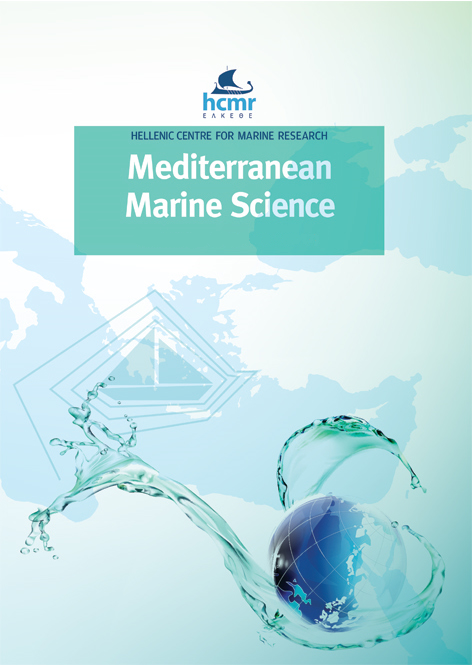Benthic diatoms species richness at Dvuyakornaya Bay and other coastal sites of Crimea (the Black Sea) under various environments
Résumé
First-time research of the pristine water area of Dvuyakornaya Bay (South-Eastern Crimea, Black Sea) revealed high taxonomic richness of benthic diatoms (Bacillariophyta). Altogether, 304 species, 78 genera, 37 families and 20 orders were identified. Among them 68 newly-found species for the Black Sea were marked. The largest species number was marked in the genera Navicula (41 species), Nitzschia (29), Amphora (25), Cocconeis (20), Diploneis (16), Lyrella, Fallacia and Planothidium (10 species respectively). Inter-regional comparative analysis of diatom species richness was carried out using Bray-Curtis similarity coefficient and Venn diagrams. Diatom taxocene of Dvuyakornaya Bay (DB) was compared with Bacillariophyta flora from several Crimean coastal sites under different level of anthropogenic impact, i.e. relatively pristine water area near Cape Fiolent (CF) and heavy polluted Sevastopol Bay (SB) and Balaklava Bay (BB). The highest similarity of species composition (58%) was registered between intact biotopes (DB vs CF) and between heavy polluted water areas (SB vs BB), despite the geographical remoteness of the compared areas, differences in hydrological-hydrochemical conditions and in bottom substrates patterns. The lowest species similarity of diatom taxocenes was observed between SB and CF (32.3%) and between SB and DB (36.5%). It was concluded that the content of technogenic pollutants (trace metals, PCBs, PAHs and pesticides) in the bottom sediments, as well as the heterogeneity of microbiotopes are represent major factors influencing on the species composition of benthic Bacillariophyta in the investigated coastal water areas.
Article Details
- Comment citer
-
NEVROVA, E. L., & PETROV, A. (2019). Benthic diatoms species richness at Dvuyakornaya Bay and other coastal sites of Crimea (the Black Sea) under various environments. Mediterranean Marine Science, 20(3), 506–520. https://doi.org/10.12681/mms.20319
- Numéro
- Vol. 20 No 3 (2019)
- Rubrique
- Research Article
Authors who publish with this journal agree to the following terms:
- Authors retain copyright and grant the journal right of first publication with the work simultaneously licensed under a Creative Commons Attribution Non-Commercial License that allows others to share the work with an acknowledgement of the work's authorship and initial publication in this journal.
- Authors are able to enter into separate, additional contractual arrangements for the non-exclusive distribution of the journal's published version of the work (e.g. post it to an institutional repository or publish it in a book), with an acknowledgement of its initial publication in this journal.
- Authors are permitted and encouraged to post their work online (preferably in institutional repositories or on their website) prior to and during the submission process, as it can lead to productive exchanges, as well as earlier and greater citation of published work (See The Effect of Open Access).





